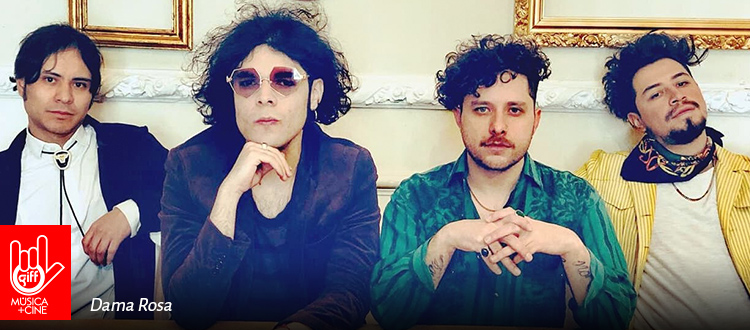Yesterday at 12:30 pm at Mesón de San Antonio, a conference was held with the three filmmakers involved in the avant-garde project Ópera Orbis, in which the first Mexican Virtual Reality short film were produced. Roberto Fiesco, Carlos Hagerman and Juan Carlos Rulfo, directors of Péplum, El Beso and La Roca respectively, told us how they lived the transition from traditional filmmaking to a virtual reality short film, exposing the biggest challenges they faced and sharing what they learned in the process.
In a first phase of the interview, the filmmakers talked about their beginnings in filmmaking and how over time this art became their life. From Juan Carlos Rulfo, who started in cinema without knowing many of the technical aspects, up to Roberto Fiesco, who began as a producer and was always passionate about the history of cinema and obsessive with details, all three emphasized the importance of their paternal figure as well as the amazement of the infant that gets caught up in the fantasy of films. They also remembered that they began filming at a time when there was much less production of film in Mexico.
Then they talked about working in a format they weren’t very familiar with. The focus of the discussion centered on breaking with the frame scheme that cuts and skews the viewer’s gaze guided by the director’s ideas. The question of the frame that disappears when filming in 360 resulted in a conversation about the changes in the filming processes, because the planes, angles and camera positions do not have the same weight since, although the director raises points of interest, the viewer himself can choose where to look, which turns him into a sort of director of photography. All three agreed that they joined the project as a method of learning because they didn’t understand Virtual Reality in the slightest and felt that the challenge could be stimulating.
Finally, there was a round of questions and answers that demonstrated the great interest and the many doubts that the short films generated in its spectators who congratulated the directors, asked them about technical issues like the editing and audio recording. In this last segment of the conference, both the audience and the press and filmmakers agreed on the interesting aspect of the spherical image that multiplies the number of existing stimuli, leading to the immersive experience of being present in the place, being an accomplice of the event and paying attention to every detail of the environment.
The conference ended with Sarah Hoch thanking the filmmakers for being part of the Ópera Orbis project, inviting filmmakers to join this project that, while just beginning, promises to appear soon in different film festivals around the world, as well as being a breakthrough way of making films that will undoubtedly become more frequent in the industry.






